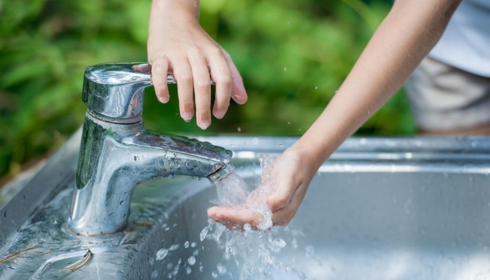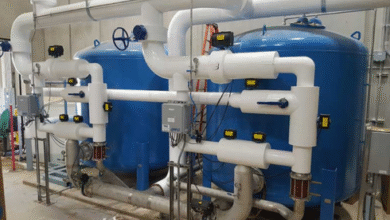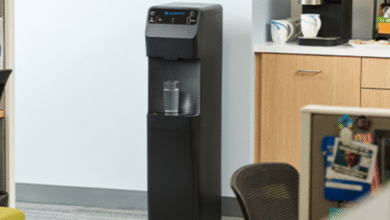The Hidden Threat Beneath the Surface: Understanding Nitrates in Our Drinking Water

It’s funny how we often take water for granted. We turn on the tap, fill up a glass, and assume what flows out is clean and safe. But water is rarely just “water.” Depending on where you live, what’s underground, and even farming practices nearby, that clear liquid can hold hidden surprises — some of them far less innocent than they look. One of those quiet intruders? Nitrates.
If you’re in a community that relies on private wells or you’ve been following local water quality reports, you’ve probably come across the term. In places like South Lyon, where a number of homes lean on well water, concerns about nitrates in drinking water South Lyon are real and worth paying attention to. It’s not the kind of problem you can see or taste, but its impact is very much there.
Why Nitrates Sneak into Our Water in the First Place
Let’s keep it simple. Nitrates are compounds that form when nitrogen and oxygen bind together. They naturally occur in soil and water, but the real trouble starts with human activity. Fertilizers used in farming, runoff from animal waste, and even septic system leaks can all push nitrate levels in groundwater way beyond what’s considered safe.
Unlike some other contaminants, nitrates don’t vanish easily. They dissolve into water, slip underground, and sit quietly, waiting for you to pour that next glass. What makes them even trickier is that they don’t carry a warning sign. You won’t smell them, taste them, or see them swirling around in your water. That means unless you’re actively testing, you could be drinking elevated levels without a clue.
The Health Side of the Story
Talking about health risks always feels a little heavy, but it’s important. The health effects of nitrates in water have been studied for decades, and they’re not something to shrug off. High levels of nitrates reduce the blood’s ability to carry oxygen. For adults, that’s concerning enough, but for infants it can be dangerous, leading to what’s known as “blue baby syndrome.” Pregnant women are also at greater risk.
Some research suggests long-term exposure could be linked to other health conditions, though studies continue to dig deeper into those connections. Either way, the general consensus from public health experts is clear: nitrates don’t belong in your glass, especially not in higher concentrations.
What’s Happening Locally and Why It Matters
South Lyon, with its mix of suburban neighborhoods and stretches of farmland, sits in a spot where nitrate concerns are more than theoretical. Fertilizer use and septic systems can both play a role in groundwater contamination. And while city water supplies are usually monitored and treated regularly, private wells don’t get the same automatic oversight. It’s up to homeowners to stay vigilant.
That’s the tricky balance: enjoying the benefits of well water — independence, control, sometimes even better taste — while also shouldering the responsibility of testing and maintenance. Without regular testing, it’s almost impossible to know if nitrates are creeping in.
Taking Action: What You Can Do
The good news is, you’re not helpless. Regular testing is the first step. Local health departments often provide testing kits or can direct you to certified labs. It’s one of those small, preventative steps that pay off big in peace of mind.
If nitrates are detected, don’t panic. Solutions exist. Installing a nitrate removal filter for well systems is one of the most effective ways to protect your household. Technologies like reverse osmosis and ion exchange are proven to bring levels back down to safe limits. While filters aren’t always cheap, they’re far less costly than gambling with your family’s health.
It’s also worth thinking about the bigger picture. Being mindful of fertilizer use on your property, ensuring septic systems are properly maintained, and keeping an eye on local agricultural practices can all make a difference in preventing further contamination.
A Personal Reflection on Water and Trust
I can’t help but think of how much trust we place in the water that runs through our homes. It’s easy to assume clean water is a given, but stories about contamination — from lead pipes in old cities to nitrates in rural wells — remind us that water safety is something we actively protect, not something we passively inherit.
There’s something grounding about that realization. Testing your water, installing the right systems, even having conversations with neighbors about local conditions — it all ties back to that simple truth: safe water matters because it touches every part of life. Cooking, coffee, the plants on your porch, the health of your kids — it’s woven into everything.
Final Thoughts
No one likes to think of their drinking water as a potential risk, but ignoring the possibility doesn’t make it disappear. Nitrates might be invisible, but they’re not invincible. With awareness, testing, and the right protective steps, you can make sure the water in your home is as safe as it is refreshing.




